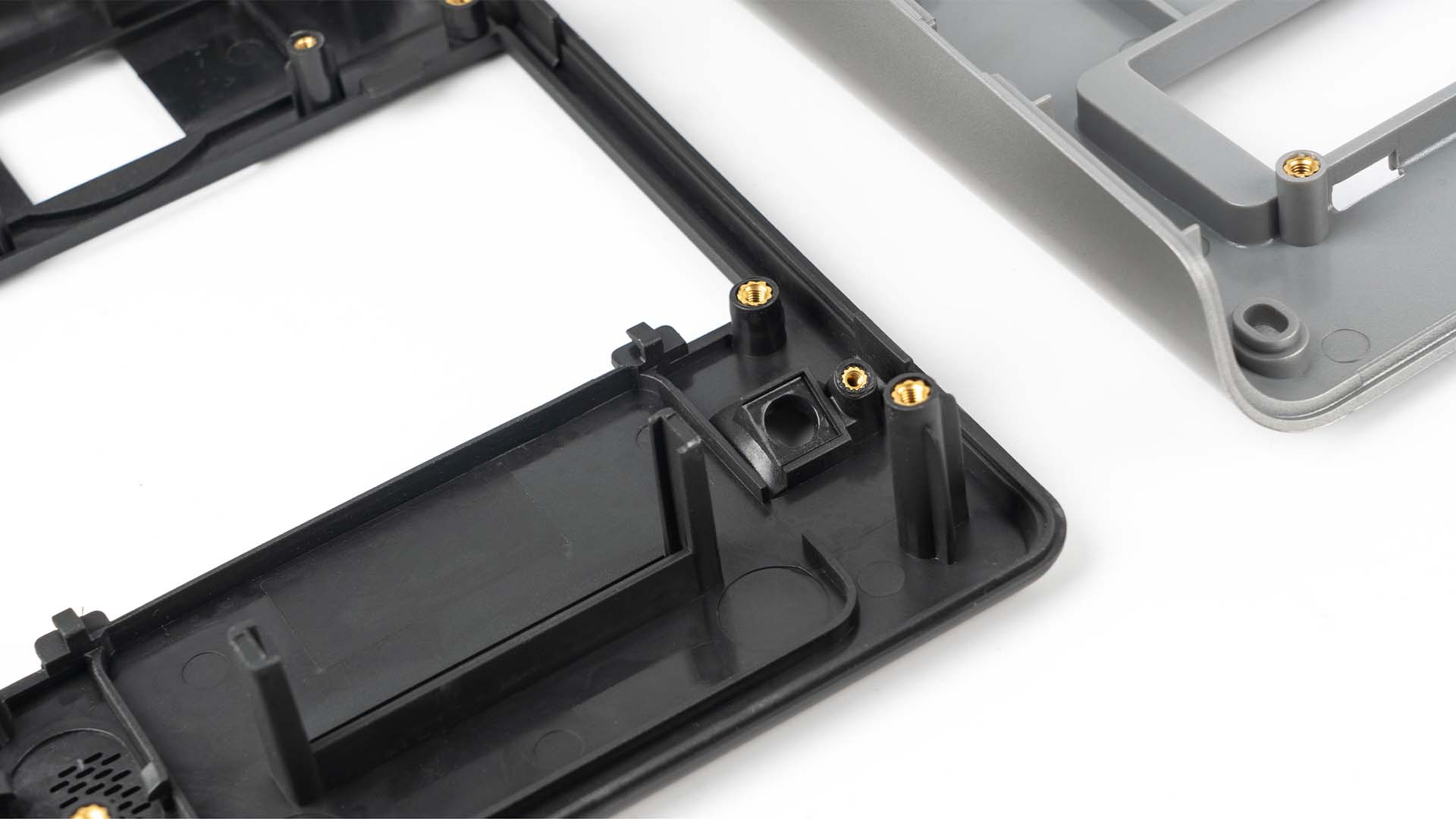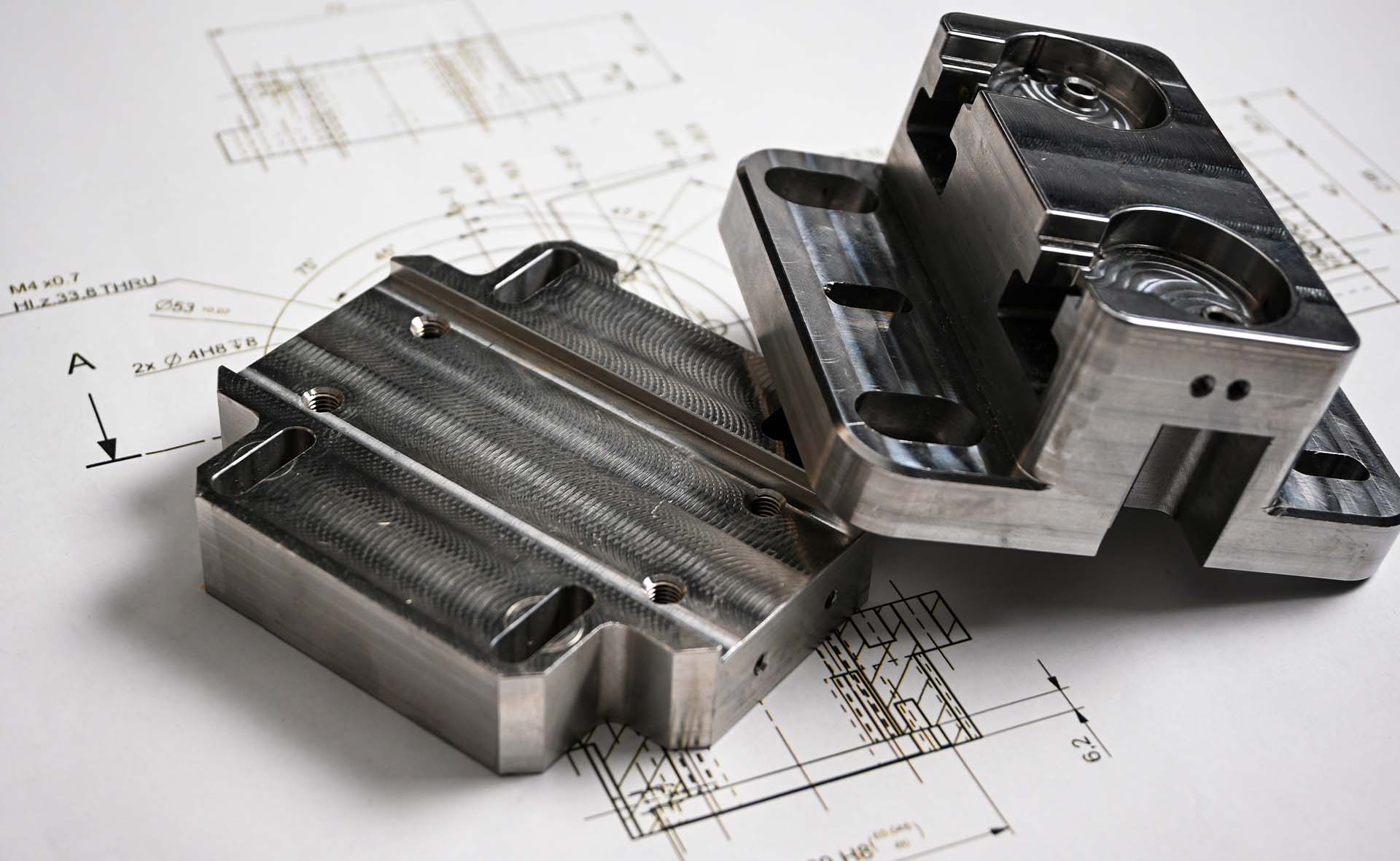Two of today’s most common manufacturing methods are vacuum casting and injection molding. Although vacuum casting is less widely known and used than injection moulding, it has been gaining popularity and recognition in recent years due to its versatility, particularly in rapid prototyping and low to medium volume production applications. These two manufacturing processes are similar in many ways:

Due to their shared similarities, it is often difficult to pick between the two processes. This article highlights key factors and scenarios that one can consider to make an informed choice when deciding between the two processes.
Injection molding is one of the most often-used manufacturing processes for creating plastic parts. The method involves heating and mixing material (sometimes multiple materials). The melted material is then injected into a steel or aluminium mold, where it cools and solidifies into the final plastic part. By repeating this process, the mold can be used to make hundreds to ten-thousands of identical parts effortlessly.

Vacuum casting or urethane casting is a process that begins with a master model, which, in HLH’s case, is CNC machined or 3D printed (via SLA or SLS). Liquid silicone is then poured into this master model and cured, then cut and separated from the master model. The resin part is cured and removed from the silicone mould, which can be reused around 25 times. Urethane casting is a great alternative for creating small batches of production-like parts quickly and more affordably.

1. Speed Comparison
Speed creating molds for vacuum casting is a faster process than creating tooling for injection molding. At HLH Rapid, urethane casting lead times typically range between 5-7 days, whereas rapid tooling takes a minimum of 2 weeks. For this reason, urethane casting is preferred for time-sensitive, low-volume projects.
2. Tool Life Comparison
It is worth noting that vacuum cast tools are made of silicone. Depending on the geometry of the part and the material choice, they can only last between 10 to 25 runs before the tool will need to be replaced. In comparison, a single injection mold tool made of aluminum or steel can last between 1,000 to 100,000 shots, depending on the tool material, maintenance, and other factors.
3. Cost Comparison
While injection moulding demands a higher front-end cost, it offers a significantly lower unit price. For high-volume production runs, you will simply not see the ROI with another process that you will with a steel mould. When it comes to producing higher volumes of plastic parts, injection moulding is the perfect solution.
4. Flexibility Comparison
At any stage, if a design needs to be amended, it is easier and cheaper to alter vacuum casting moulds than it is to rework or remake tooling for injection molding. This makes vacuum casting ideal during the earlier stages of development, cost-wise.
5. Precision
Plastic Injection molding involves the creation of precise molds or tooling, which can accurately reproduce complex geometries and intricate details of the part. It can achieve tighter tolerances compared to vacuum casting, making it suitable for parts with strict dimensional requirements.
6. Part Material Comparison
Injection molding offers a wide range of material options, while urethane casting provides a wide selection of polyurethane materials that can simulate the properties of different injection molding resins. Even if all the signs point to vacuum casting, for projects where you need parts in the production intent material, you’ll need to opt for rapid injection moulding.
| Vacuum Casting Materials | Injection Molding Materials |
|---|---|
PX5210, PX520, PX223, Hei-Cast 8150, etc. | PMMA, PC, ABS, HDPE, PP, PA, PBT, etc. |
| Full Material List | Full Material List |
Choosing between urethane casting and injection molding depends on specific project needs, design requirements, material compatibility, and the desired characteristics of the final product. To guide your decision, we’ve listed several scenarios in which it makes sense to choose vacuum casting over injection moulding, and vice versa.
Please note that the list above are just scenario examples to help you with your decision. At the end of the day, which method to use will depend on your specific project needs. Unsure whether to opt for injection molding or vacuum casting for your next project? Start your FREE project review here, our experts will advise you on the most suitable process for your project and get back with a quote.
